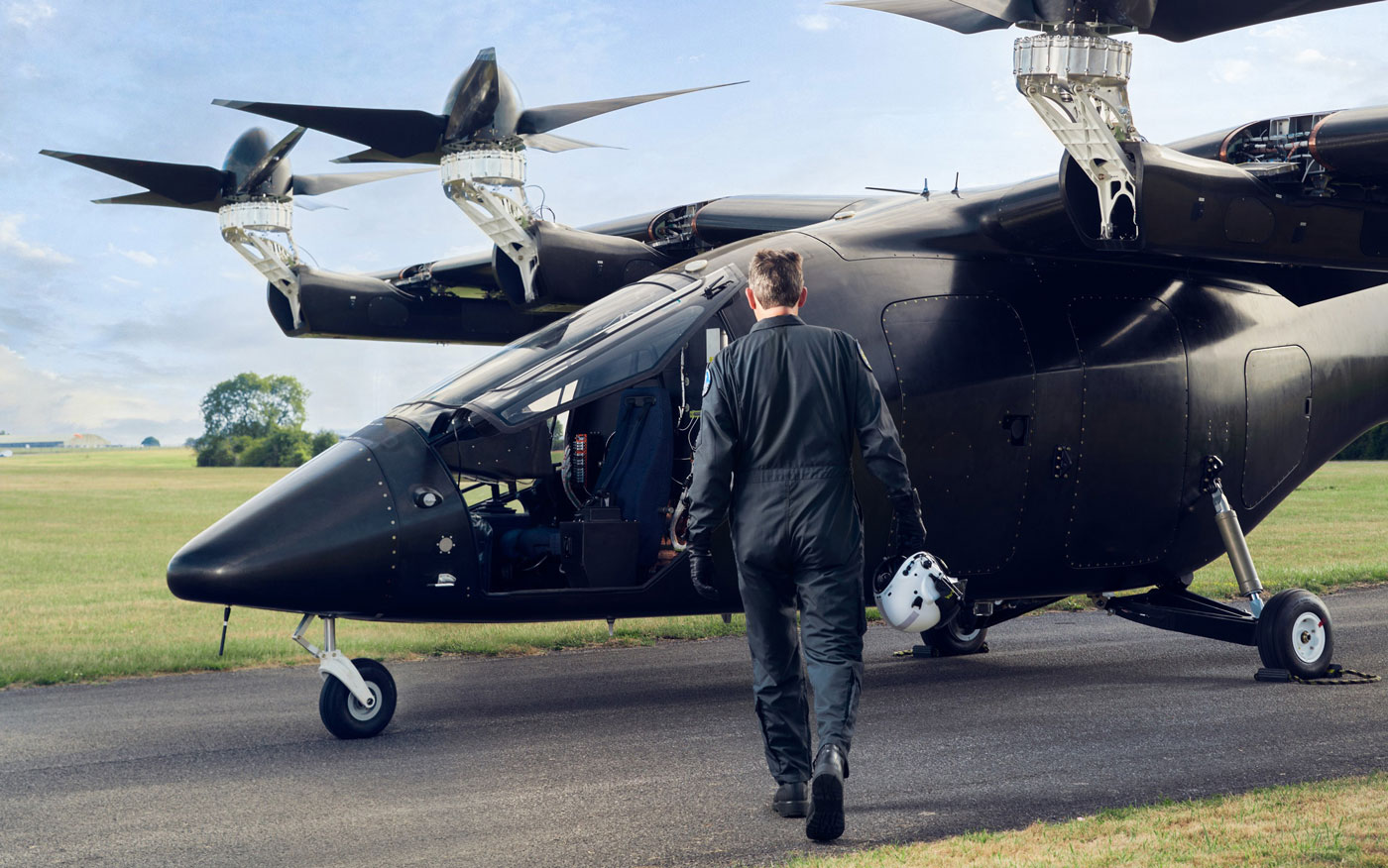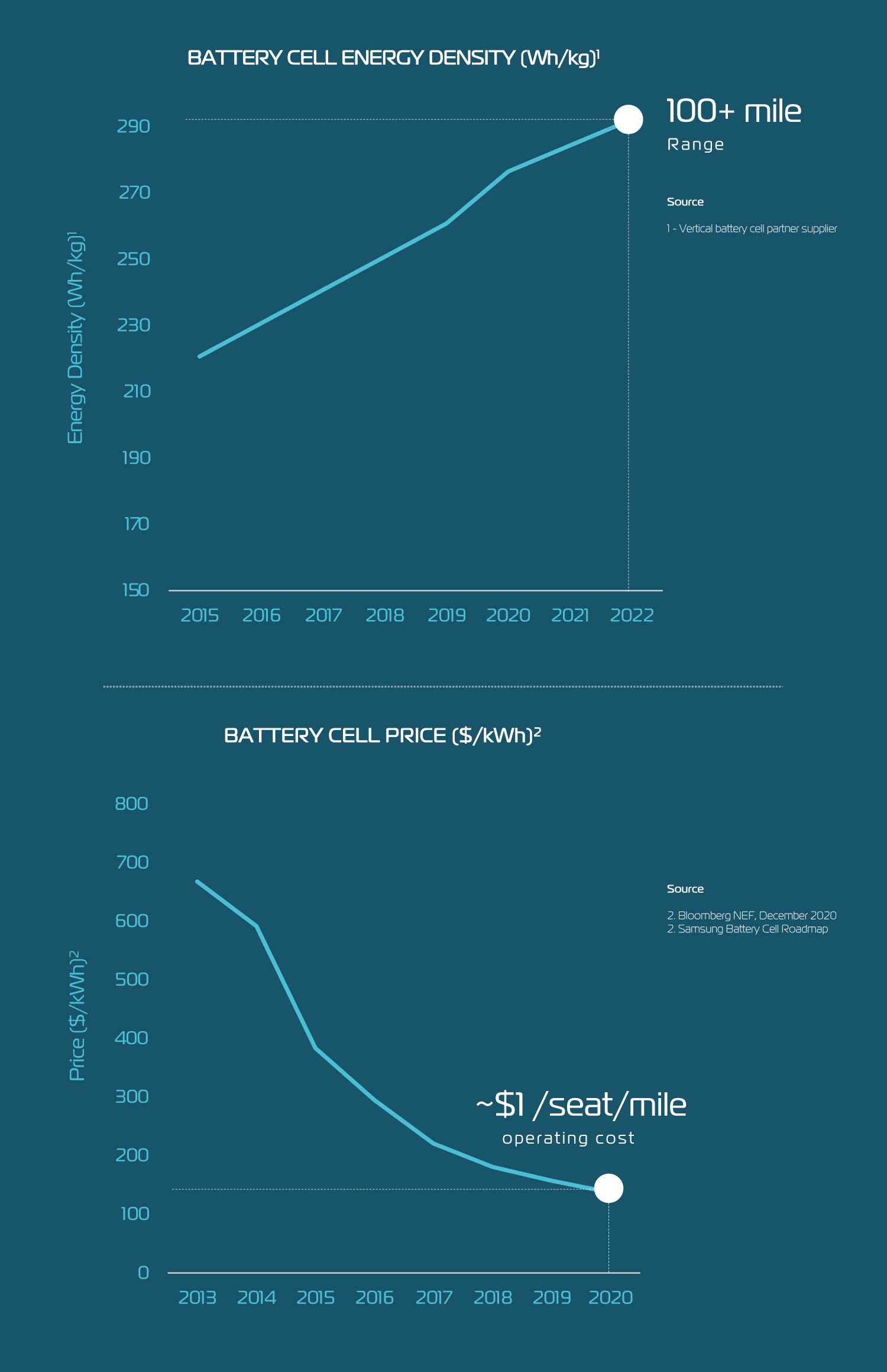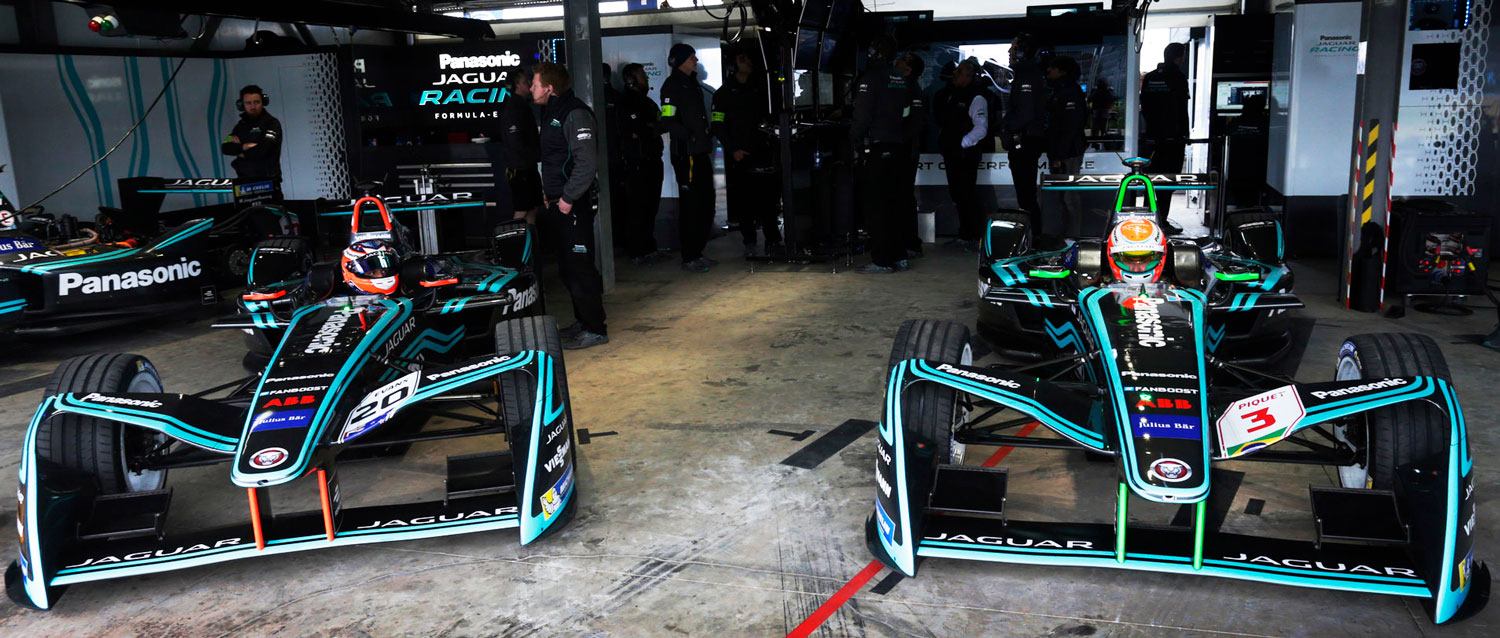“We believe we can keep travelling without ruining the planet or our cities. We don’t have to give up air travel to reach carbon zero. There is a smarter, greener way to get around.” states Andrew Macmillan, Chief Strategy Officer.
When Vertical listed on the stock market on 17 December last year it was inadvertently on the anniversary of the Wright Brothers Kitty Hawk flight. As with Wilbur and Orville, there are plenty of naysayers – “You won’t see that in my lifetime” – and enthusiasts - “When can I have a ride?!”

Vertical listed on the stock market on the anniversary of the Wright Brothers Kitty Hawk flight
Andrew positions Vertical within the ‘decarbonisation arena’, “There is no one single bullet to decarbonise aviation - there is a package. “Different technologies will play different roles. At Vertical we are pioneering electric aviation, which is one of those technologies. Of course, Sustainable Aviation Fuel, hydrogen and operational efficiencies play a role too.”
We don’t have to give up air travel to reach carbon zero. There is a smarter, greener way to get around.
It is not just emissions in the air either: “There is a significant amount of carbon reduction from trips on the ground too when you have a technology like Vertical’s VX4 aircraft. When we run the numbers there are real savings even versus rail or EVs on some routes using the current UK grid.” The point is to act now on all fronts for net zero. “Put it all together and it is very plausible to get to net zero. Vertical is another piece in this puzzle.”

With the state-of-the-art VX4 – Vertical’s flagship piloted four-passenger aircraft – hovering in 2D limbo as his background on the Teams call, Andrew continues, “It’s an exciting time to be involved in this new technology – we’re leading the way in decarbonising aviation. Up until now, the challenge has been in marrying up what everyone agrees is a good idea – electric aviation - with what is commercially viable and profitable. Now we can see that is being resolved with commercially useful propositions.”
At least part of the aerospace industry – eVTOLs, drones and the like - have reached a point where commercial and environmental motivations are working in the same direction.
The challenge has been in marrying up what everyone agrees is a good idea – electric aviation - with what is commercially viable and profitable. Now we can see that is being resolved...
He continues, “I think that everyone would agree that there are also challenges and gaps within transport networks. We can’t fix all of those with more of the same infrastructure. Electric flight offers a faster, cheaper, quieter solution for those as well as being green. We now have the set of basic technology that allows us to move forward in fundamental areas so that the first passenger application in electric aviation is now within our reach.”

Key technologies have converged to create the solutions that will move transport forward. Andrew explains, “Digitalisation – the ability to design things faster and operate machines using digital systems - creates something that couldn’t happen before. This is the moment when your eVTOL aircraft move from the realm of science fiction into reality.”
There is also the issue of energy. Andrew highlights that the core battery technology now exists to sustain flight for a useful range and payload. So the focus has shifted from discovery and invention to optimising performance.
“The same battery chemistry that is used in hybrid cars and other uses can be adapted for eVTOLs. Because of the eVTOL’s vertical take-off and landing, slightly different performance levels are required. We have already crossed the threshold where viable flight is possible; 10 years from now, batteries will be even better. That leads to ever more range, more payload and better performance.”

Advances in battery technology are increasing power and reducing costs
Evidence of this transformative shift in electric vehicles is all around us. Andrew points out that first generation EV vehicles were clunky and they had extremely limited ranges. Following on from fast and steady technological improvements over the last 10 years, now records are being broken all the time. There is a formidable FIA series - Formula E – which would have been impossible 10 years ago. Your mid-range electric car has enough power to overtake a Porsche at traffic lights and the demand for electric vehicles is outstripping supply. Consumers can now be green without compromising on performance, in fact, in many cases, they can be green and improve performance.

F1 Formula E would have been impossible 10 years ago
(Photo credit Jaguar MENA).
Andrew moves this concept on to encompass how close we are to extending the EV car revolution to aircraft. “Now, not only is the technology available and the designs exist to develop sustainable urban air transport, but we are working on certification for the VX4 aiming for use in 2025. We can expect to see these first electric aircraft integrated into the transport system this decade.”
We are working on certification for the VX4 for use in 2025. We expect to see these first electric aircraft integrated into the transport system this decade.
Although there are over 200 eVTOL projects worldwide; there are only a handful leading the pack to produce a viable aircraft and bring them to market, of which Vertical is one. With major airlines across the globe already customers of Vertical’s VX4, including American Airlines and Virgin Atlantic, they are one of the ‘elite’ runners in this race. Andrew is confident, “It’s no longer a question of will electric flight happen; it already is. But who and what country will make it happen first?”

Virgin Atlantic are actively exploring the viability of eVTOLs
Just 11 years passed between Orville and Wilbur’s Kitty Hawk and the first commercial flight. With the VX4 prototype on track to take off in 2025, you could be queuing up at your local ‘vertiport’ much sooner than you think.
NATS, as a partner of Vertical Aerospace, is working with the company as part of a UK Government funded advanced electric flight consortium to accelerate the introduce of Advanced Air Mobility in Britain. That consortium aims to do demonstration flights of the VX4 in the UK within just the next 3 years.

Demonstration flights in the UK are expected within the next 3 years.